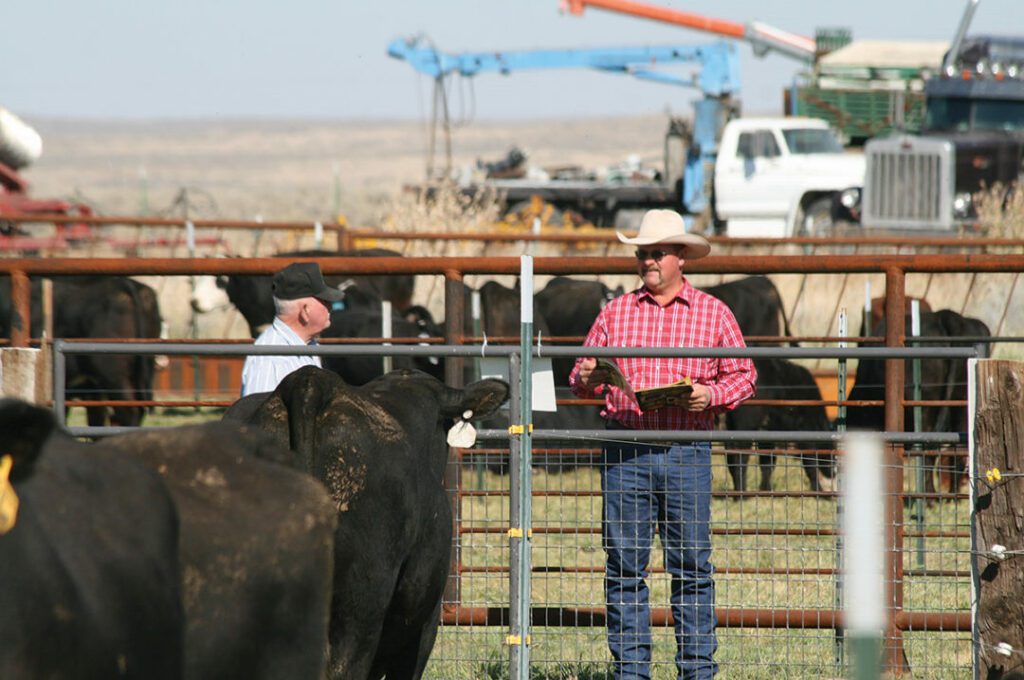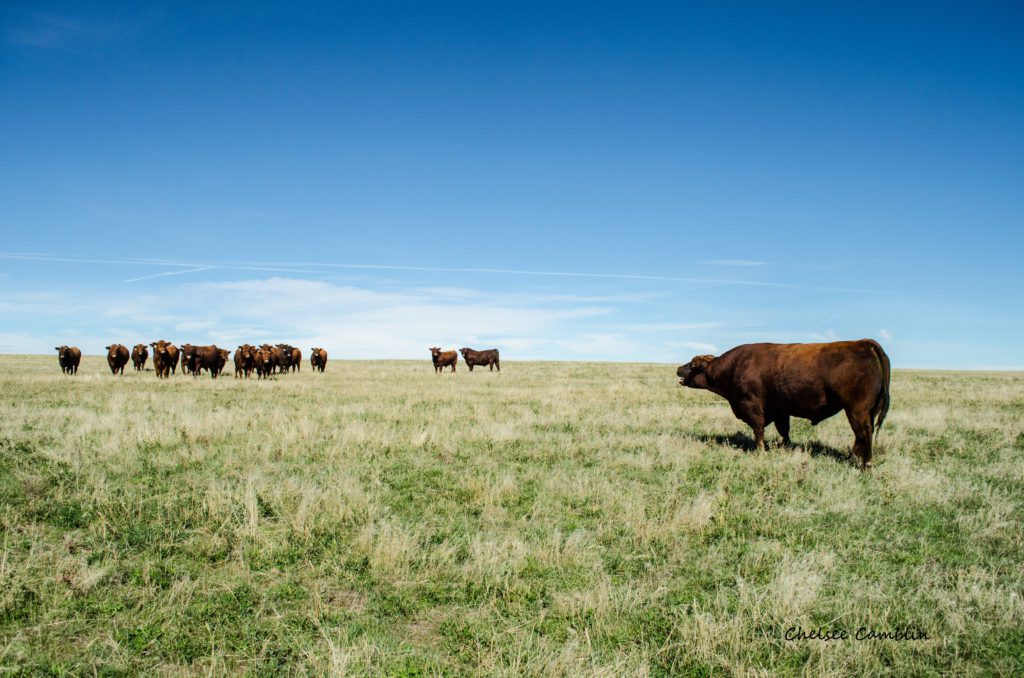With high cattle prices, you may be wondering what you should do. Continue reading to get advice on whether you should cull, maintain or expand this fall.
Cow-calf producers are expected to make $709 per cow over cash costs, including pasture, in 2024. These levels are nearly identical to the inflation-adjusted highs experienced by producers in 2014 ($534 in 2014 dollars, $708 in 2024 dollars). With prices this high, the question I have been asked by producers is where I expect prices to be over the next two to three years and ultimately what this means for a culling, retention or expansion decision this fall.
A few current market trends to consider:
- Weekly prices for feeder cattle in Nebraska are at $350 per hundredweight (cwt) for 500-600 pound steers.
- Feedlots have been able to work through cattle inventories as the percent of cattle on feed longer than 90 and 120 days is now lower than the five-year average.
- Approximately 38.5% of all cattle on feed are heifers; this is down from the high of 40% last year and similar to the levels seen between 2019-22 but higher than in 2014-16, which was between 31%-36%.
- The total amount of beef cow slaughter is 15% lower year to date than in 2023.
- For slaughter cows in the southern Plains, 85%-90% lean prices are at $114 per cwt, down from the high of $129 per cwt in April but still considerably higher than $85 per cwt in 2023 and $60 per cwt between 2018-22.
Pricing a new cow
If you choose to expand your operation by buying more replacements, then the expectation is that each cow or heifer purchased will pay for her expenses and return a profit over her productive life. The longer she lives, the greater potential she has to return a profit. Cull rates are typically used as a proxy for reproductive life. For example, if a herd has a cull rate of 16%, this means a cow lasts 6.25 years in that herd on average. In other words, a cow has 6.25 years to return a profit back to the operation. Thus, the total revenue over her productive life is the revenue from calf sales (number of calves multiplied by the price) plus her salvage value.
There are several ways to calculate this purchase value. The two that we reference are (1) The University of Nebraska – Lincoln (UNL) annual beef heifer replacement forecast and (2) the Kansas State University replacement cow calculator. We used these to calculate the amount one could pay for a cow, using a combination of assumptions regarding market prices of feeder cattle, interest rates, weaning weights, annual cash cow costs, number of calves born and others. Figure 1 shows the net present value (NPV) for different annual cow costs and calves born to a cow. NPV can be used as a tool to determine if a cow would return a profit if purchased at a certain price. For example, looking at Figure 1, if your operation’s annual cow cost is $925 and you expect that a cow you are going to purchase will have seven calves, then the total amount one should pay for her would be $2,770, given our assumptions. Different costs, calves and assumptions change the amount one would pay. We encourage you to use these and other tools or talk the decision over with your marketing partner or extension agent prior to making a purchase this fall.

Types of rebuilding
Producers can rebuild individual herds in several ways. Each would have different implications for the timing of when feeder cattle will enter the market. The quickest is to buy a cow-calf pair. You get the cow plus the opportunity to sell the calf. Both current and short-term future revenues increase. Next, you can buy a bred cow. You will get a calf and, depending upon the age of the cow, a calf for the next several years. Last, you can buy a bred heifer, which will give you a cow and the longest reproductive life. However, the price for different avenues of expansion varies quite a bit. Consider the current and historical prices of cow-calf pairs in Nebraska.
Age, months bred and weight of calf are the primary factors by which the USDA Agricultural Marketing Service (AMS) distinguishes replacement cattle. For simplicity, let us focus on the Medium and Large 1 classifications. Consider an open cow with a calf weighing less than 150 pounds. Prices range from $3,302 if the cow is between 2 to 4 years old to $2,525 if she is over 8 years old. Assuming the value of the calf was constant at the current value of $904 (200 pounds multiplied by $4.52), then the open cow without the calf is worth between $2,400 and $1,600. At a cull value of $119 per cwt, to break even, the cow weight would need to be between 2,000 and 1,360 pounds. Adjusting the value of the calf to a weaned 550 pounds decreases the break-even cull weight to 1,150 to 505 pounds. Clearly, the market is pricing the value of that calf at some future weaning date. Table 1 summarizes these calculations.

These prices have remained relatively stable over the last six months. Figure 2 shows monthly prices for Medium and Large 1 cows between seven to nine months pregnant at different ages. As you can see, while there has been some change, the value of these cows within their different ages has stayed relatively stable across the past six months.

A limiting factor
This fall, potential herd expansion will look different than the previous expansion in 2013. A key difference is borrowing rates. In 2014, the average borrowing rate for feeder cattle was 5.75%. The current rate is 9.3%. It has been nearly that high for the last two years. Higher rates make borrowing more expensive and challenging for some operations to pencil in a profit. Highly leveraged operations tend to be more common among new and beginning producers. Operations with strong equity, or those that don’t need to borrow funds for operating, could see an opportunity to expand.
TaraLee Hudson, a graduate student at the University of Nebraska – Lincoln, also contributed to this article.
Source: AgProud, Progressive Cattle Elliott Dennis August 9, 2024
Photo: Paul Marchant








